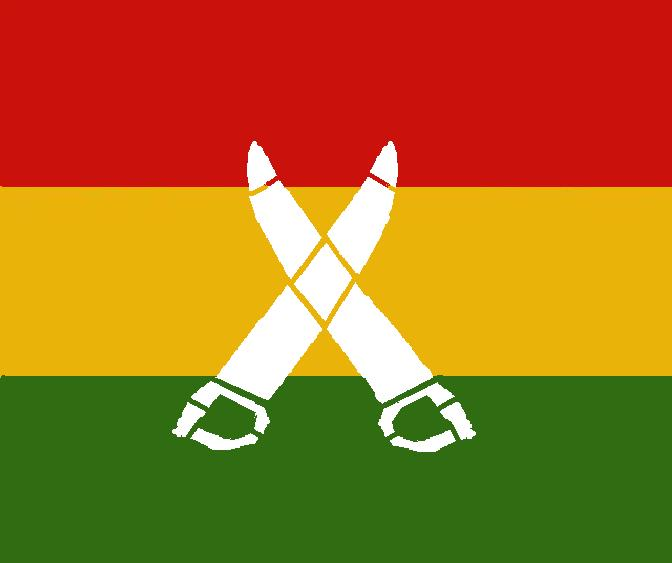
Article by
The Ghadar Movement was a political and militant organization active in the early 20th century that sought to overthrow British colonial rule and establish an independent Indian republic. It was formed in 1913 in the Punjab region of India, which was then a part of the British Raj, by a group of Indians-largely Punjabis-who had emigrated to the United States and Canada. The Ghadar Movement was a response to the oppressive policies of the British Raj, which had imposed heavy taxes on the people of Punjab, limited their civil liberties, and denied them political representation. Many Indians felt that the only way to achieve independence was through armed struggle, and the Ghadar Movement became a platform for those who were willing to take up arms against the British.
The Ghadar Movement was inspired by the ideals of the American and French revolutions, and its members were influenced by the writings of revolutionaries such as Karl Marx, Vladimir Lenin, and Mao Zedong. The movement was founded by Lala Har Dayal, an Indian nationalist who had studied at Oxford University and was living in the United States at the time. Other key figures in the movement included Tarak Nath Das, a Bengali revolutionary who was active in the United States, and Kartar Singh Sarabha, a Sikh who was hanged by the British for his involvement in the movement.
The Ghadar Movement was a transnational organization, with branches in several countries including the United States, Canada, and China. Its members were largely Punjabi immigrants who had left their homeland in search of better economic opportunities, but they remained deeply committed to the cause of Indian independence.
The movement published a newspaper called "Ghadar", which was distributed in India, the United States, and Canada, and it used this platform to spread its message of rebellion against British rule. The Ghadar Movement was also involved in a number of armed uprisings against the British in India, including the Hindustan Republican Association's armed rebellion in 1922 and the Provisional Government of Free India's armed rebellion in 1943. These rebellions, however, were ultimately unsuccessful, and many of the movement's leaders were captured and imprisoned by the British. Despite its failure to achieve its immediate goals, the Ghadar Movement played a significant role in the eventual independence of India.
Its members were among the first to advocate for armed resistance against British rule, and their efforts helped to inspire a generation of Punjabis who would later fight for independence. The movement also served as a precursor to the Indian independence movement, which eventually succeeded in achieving independence in 1947. It was also known as the Ghadar Party, and was a response to the oppressive British rule in Punjab especially and in India generally and aimed to overthrow the British Raj and establish an independent, socialist state.
The party was initially made up of Punjabi immigrants, but later drew support from other regions of India as well. The Ghadar party was highly secretive and operated covertly, using underground networks to spread their message and recruit members. They published a newspaper called the Ghadar, which became the mouthpiece of the movement. The newspaper was distributed widely in India and abroad, and was used to disseminate revolutionary ideas and inspire people to join the cause.
The Ghadar party had a strong presence in Punjab, where it enjoyed the support of many peasants and workers. They carried out a number of successful revolts and strikes, and were instrumental in organizing the non-cooperation movement led by Mahatma Gandhi in 1920. However, the Ghadar movement faced significant challenges in its efforts to overthrow the British Raj.
The British authorities were aware of the movement and actively worked to suppress it. Many members of the party were arrested and imprisoned, and the movement was forced to go underground. Despite these setbacks, the Ghadar movement continued to grow and gain support. In 1915, the party launched a major uprising in Punjab, which was quickly suppressed by the British. However, the uprising inspired many other revolts and strikes across India, and served as a turning point in the struggle for independence. The Ghadar movement played a significant role in the independence struggle, and its ideas and tactics continue to inspire revolutionaries around the world.
The party was disbanded in the 1920s, but its legacy lives on in the struggles for justice and freedom that continue to this day." Today, the Ghadar Movement is remembered as a significant chapter in India's struggle for independence, and its members are celebrated as heroes in the country's history. The sacrifice and bravery of these pioneers continue to inspire Indians around the world, and their legacy lives on as a testament to the power of people who are willing to stand up for what they believe in."
 Monthly "Azeem English Magazine", launched in 2000, records the information about diverse fields like mental health, literature, research, science, and art. The magazine's objective is to impart social, cultural, and literary values to society.
Monthly "Azeem English Magazine", launched in 2000, records the information about diverse fields like mental health, literature, research, science, and art. The magazine's objective is to impart social, cultural, and literary values to society.
+92 51 88 93 092
First Floor, RAS Arcade, Eidhi Market, Street#124, G-13/4, Islamabad, Pakistan, 44000.